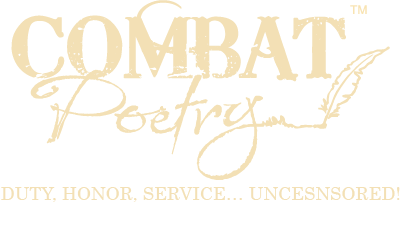@jamesnorthrup
Profile
Registered: 6 months, 1 week ago
How AI Training Data Scraping Can Improve Your Machine Learning Projects
Machine learning is only as good as the data that feeds it. Whether or not you're building a predictive model, a chatbot, or an AI-powered recommendation system, your algorithms rely closely on training data to learn and make accurate predictions. Some of the powerful ways to collect this data is through AI training data scraping.
Data scraping involves the automated collection of information from websites, APIs, documents, or different sources. When strategically implemented, scraping can significantly enhance the performance, accuracy, and relevance of your machine learning (ML) models. Here's how AI training data scraping can supercost your ML projects.
1. Access to Massive Volumes of Real-World Data
The success of any ML model depends on having access to diverse and comprehensive datasets. Web scraping enables you to collect huge amounts of real-world data in a comparatively quick time. Whether or not you’re scraping product evaluations, news articles, job postings, or social media content, this real-world data reflects present trends, behaviors, and patterns that are essential for building robust models.
Instead of relying solely on open-source datasets that could be outdated or incomplete, scraping permits you to customized-tailor your training data to fit your specific project requirements.
2. Improving Data Diversity and Reducing Bias
Bias in AI models can arise when the training data lacks variety. Scraping data from multiple sources allows you to introduce more diversity into your dataset, which may also help reduce bias and improve the fairness of your model. For instance, in the event you're building a sentiment analysis model, gathering person opinions from varied boards, social platforms, and customer opinions ensures a broader perspective.
The more numerous your dataset, the better your model will perform throughout totally different eventualities and demographics.
3. Faster Iteration and Testing
Machine learning development typically entails a number of iterations of training, testing, and refining your models. Scraping allows you to quickly collect fresh datasets at any time when needed. This agility is crucial when testing different hypotheses or adapting your model to modifications in person habits, market trends, or language patterns.
Scraping automates the process of acquiring up-to-date data, serving to you stay competitive and attentive to evolving requirements.
4. Domain-Particular Customization
Public datasets might not always align with niche business requirements. AI training data scraping enables you to create highly personalized datasets tailored to your domain—whether or not it’s legal, medical, financial, or technical. You possibly can goal specific content types, extract structured data, and label it according to your model's goals.
For instance, a healthcare chatbot might be trained on scraped data from reputable medical publications, symptom checkers, and patient boards to enhance its accuracy and reliability.
5. Enhancing NLP and Computer Vision Models
In natural language processing (NLP), scraping text from various sources improves language models, grammar checkers, and chatbots. For laptop vision, scraping annotated images or video frames from the web can increase your training pool. Even when the scraped data requires some preprocessing and cleaning, it’s usually faster and cheaper than manual data collection or purchasing costly proprietary datasets.
6. Cost-Effective Data Acquisition
Building or buying datasets might be expensive. Scraping offers a cost-efficient different that scales. While ethical and legal considerations must be followed—particularly relating to copyright and privateness—many websites supply publicly accessible data that can be scraped within terms of service or with proper API usage.
Open-access boards, job boards, e-commerce listings, and on-line directories are treasure troves of training data if leveraged correctly.
7. Supporting Continuous Learning and Model Updates
In fast-moving industries, static datasets change into outdated quickly. Scraping permits for dynamic data pipelines that assist continuous learning. This means your models may be updated frequently with fresh data, improving accuracy over time and keeping up with current trends or user behaviors.
Scraping ensures your AI systems are always learning from the latest available information, giving them a competitive edge.
Wrapping Up
AI training data scraping is a strategic asset in any machine learning project. By enabling access to huge, diverse, and domain-specific datasets, scraping improves model accuracy, reduces bias, helps speedy prototyping, and lowers data acquisition costs. When implemented responsibly, it’s some of the effective ways to enhance your AI and machine learning workflows.
Website: https://datamam.com/ai-ready-data-scraping/
Forums
Topics Started: 0
Replies Created: 0
Forum Role: Participant
